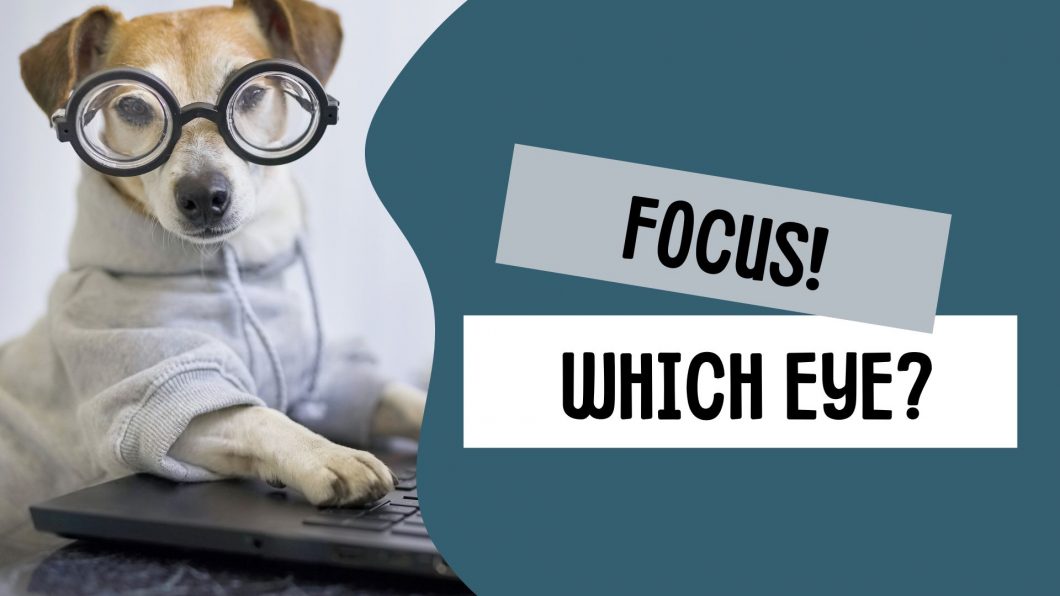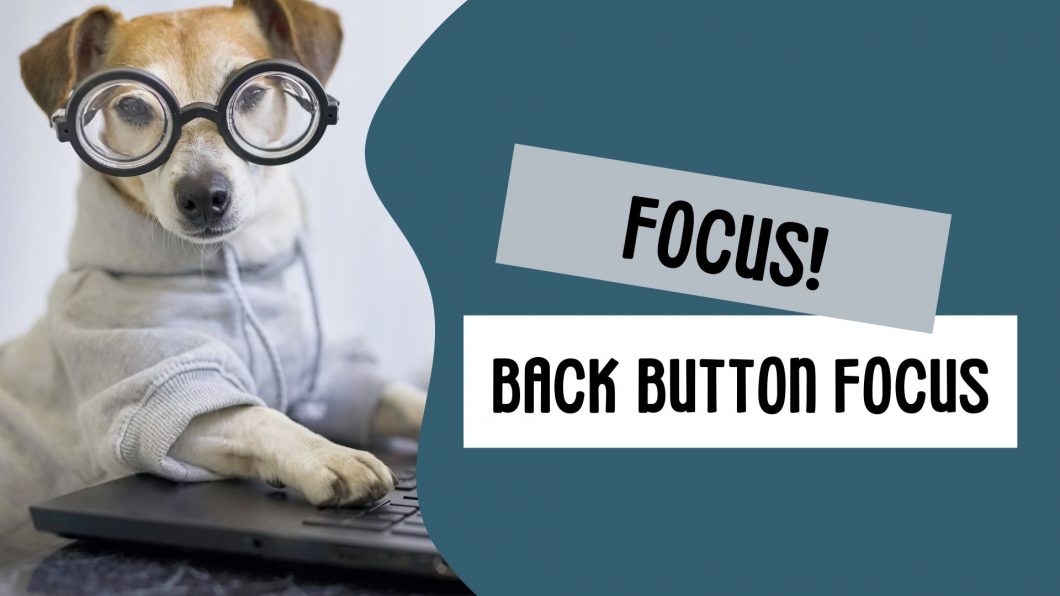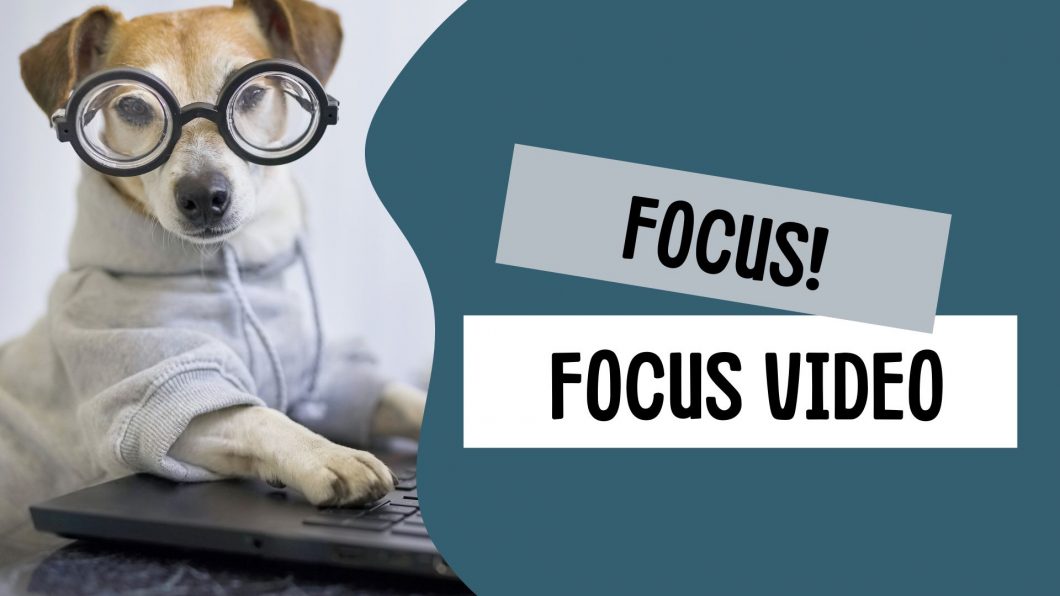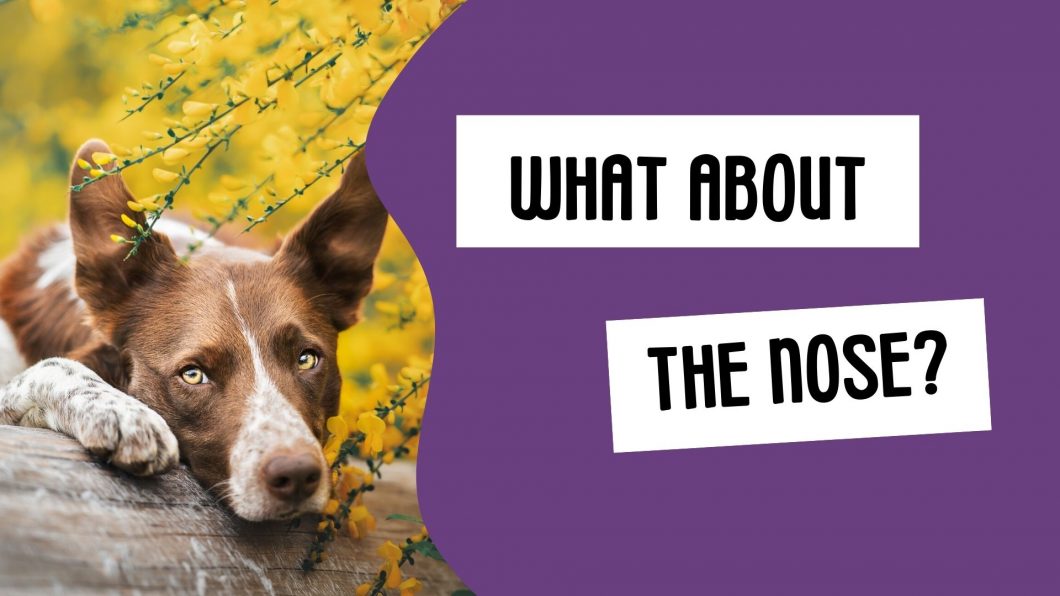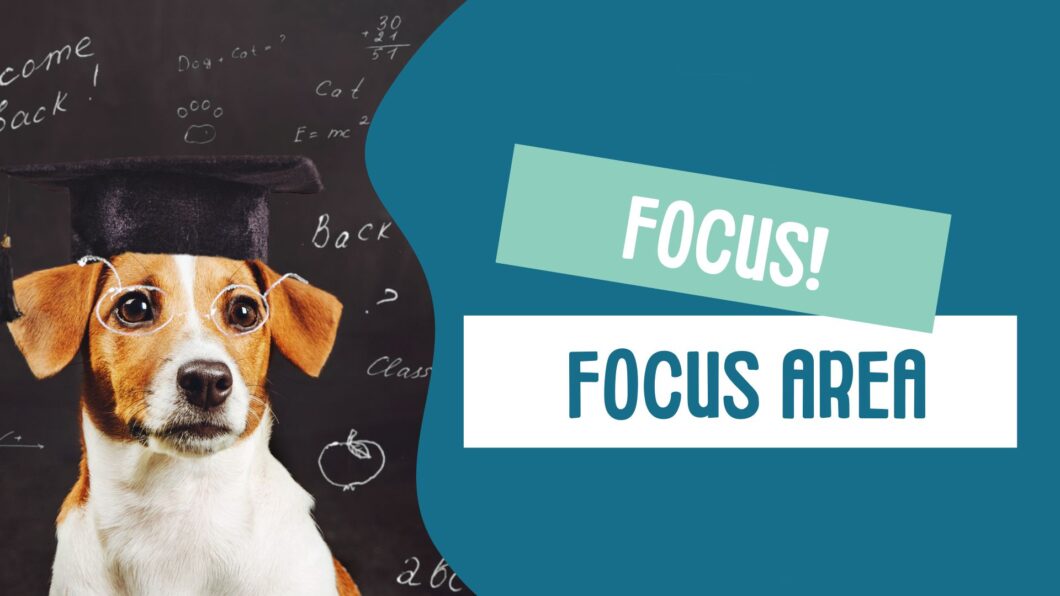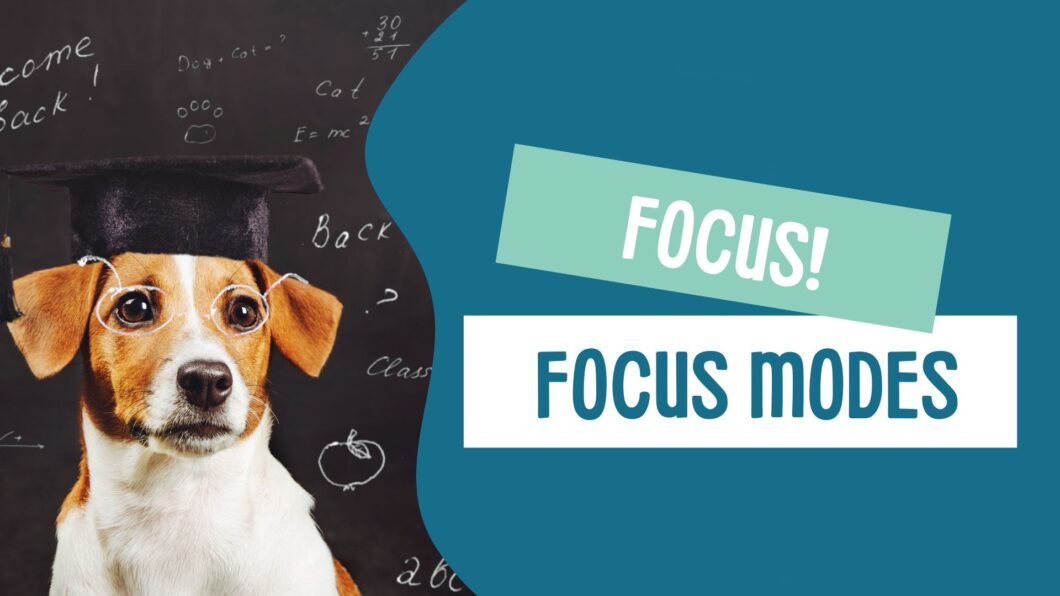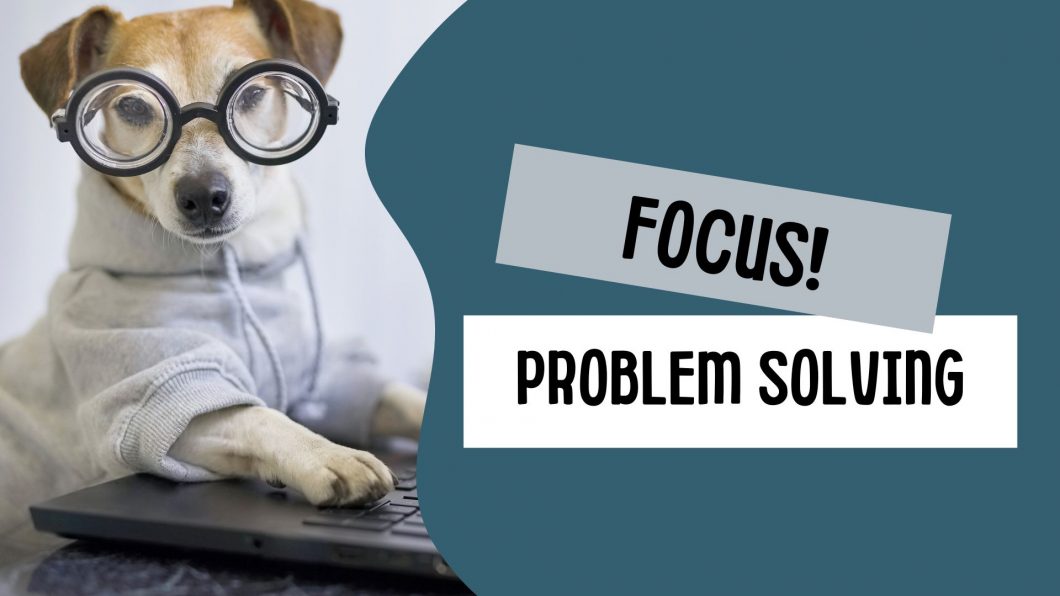Open to access this content
Archivesfocus
Back Button Focus
Open to access this content
Single Shot vs. Continuous/AI-Servo
Open to access this content
What About the Nose?
Open to access this content
Focus Area
Open to access this content
Focus Modes
Open to access this content
Why Isn’t My Photo Sharp?
Open to access this content

